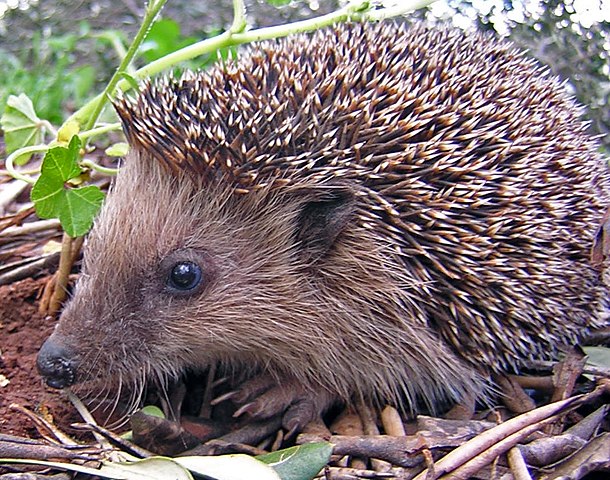Hedgehogs are small, spiky mammals known for their unique appearance and interesting behaviors. They are found in various parts of the world and have become popular pets in some regions. Here’s everything you need to know about hedgehogs:
Physical Characteristics:
- Spines: Hedgehogs are covered in sharp spines, which are modified hairs made of keratin. When threatened, they can roll into a tight ball, with their spines protecting them.

- Size: Hedgehog size varies by species, but they are generally small animals, typically measuring between 5 to 12 inches (13 to 30 cm) in length.
- Coloration: Hedgehogs have a variety of coat colors, including brown, gray, and white. Their spines can be banded with different colors.
Habitat:
- Natural Range: Hedgehogs are found in Europe, Asia, Africa, and New Zealand. There are different species, each with its own range.
- Habitats: They inhabit a range of environments, from forests and grasslands to urban gardens. Some species are more arboreal, while others are terrestrial.
Diet:
- Insectivores: Hedgehogs are primarily insectivores, and their diet consists of a variety of invertebrates, such as insects, worms, snails, and small amphibians.
- Opportunistic Feeders: They are opportunistic feeders and may consume fruits, berries, and plant material when available.
Behavior:
- Nocturnal: Hedgehogs are primarily nocturnal, meaning they are most active during the night.
- Solitary: They are generally solitary animals and tend to avoid interactions with other hedgehogs except during the breeding season.
- Hibernation: Hedgehogs are known to hibernate in colder climates during the winter months when food is scarce. They enter a state of torpor to conserve energy.
Reproduction:
- Mating: Mating typically occurs during the spring and early summer. Male hedgehogs may court females with elaborate behaviors.
- Gestation: The gestation period for hedgehogs is around 35 days.
- Litters: A typical litter consists of 4 to 5 young, known as hoglets. The mother raises the hoglets and becomes fiercely protective during this time.
Conservation Status:
- Habitat Loss: Hedgehogs face threats from habitat destruction, road mortality, and the use of pesticides and chemicals that reduce the availability of their food sources.
- Conservation Efforts: Some organizations and individuals are working to protect hedgehog populations and create hedgehog-friendly environments.
Hedgehogs as Pets:
- Legality: The legality of keeping hedgehogs as pets varies by region. In some places, it is legal, while in others, it is prohibited. Always check local regulations before considering a hedgehog as a pet.
- Care: Hedgehogs require a specific diet, temperature, and care. If considering one as a pet, research their needs and find a reputable breeder or rescue organization.
- Socialization: Hedgehogs can be socialized to some extent but should be handled gently and provided with plenty of stimulation and proper housing.
Hedgehogs are intriguing and unique animals with their distinctive appearance and behaviors. While they have become popular as pets in some areas, they are best appreciated in the wild, where they play an essential role in local ecosystems and natural pest control. If you encounter a hedgehog in the wild, it’s important to observe them from a distance and not disturb their natural behaviors.









